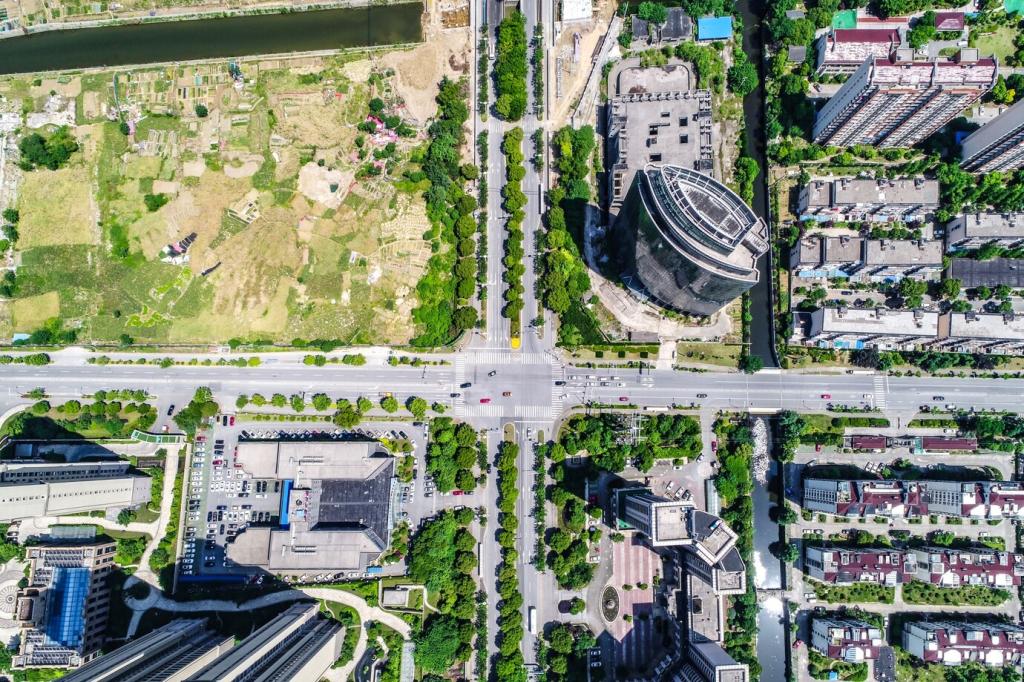
Innovative Approaches to Urban Space Transformation
Urban environments are evolving at a rapid pace, shaped by dynamic social, economic, and environmental forces. As cities grow denser, the need for innovative strategies to transform urban spaces has never been greater. Contemporary approaches are reimagining streets, public squares, and neglected areas as vibrant, inclusive, and resilient spaces. Through creative planning and novel solutions, urban transformation projects are making cities more livable and adaptive to future challenges.
Placemaking involves planners, artists, and community members collaborating to infuse character and functionality into urban spaces. Temporary installations, public art, and interactive elements make environments more attractive and engaging, drawing people together and strengthening a sense of belonging. These creative interventions can serve as catalysts, inspiring further investment and lasting social bonds among residents.
Rethinking Public Spaces for Community Engagement
Green Infrastructure and Urban Ecology Advancement
Introducing trees, shrubs, and green micro-parks throughout the city improves air quality, moderates temperatures, and boosts residents’ well-being. These small but impactful green spaces can be established on vacant lots, rooftops, or street corners, offering vital respite in concrete-dominated areas. Urban forests create habitat for wildlife and provide psychological relief in dense neighborhoods.
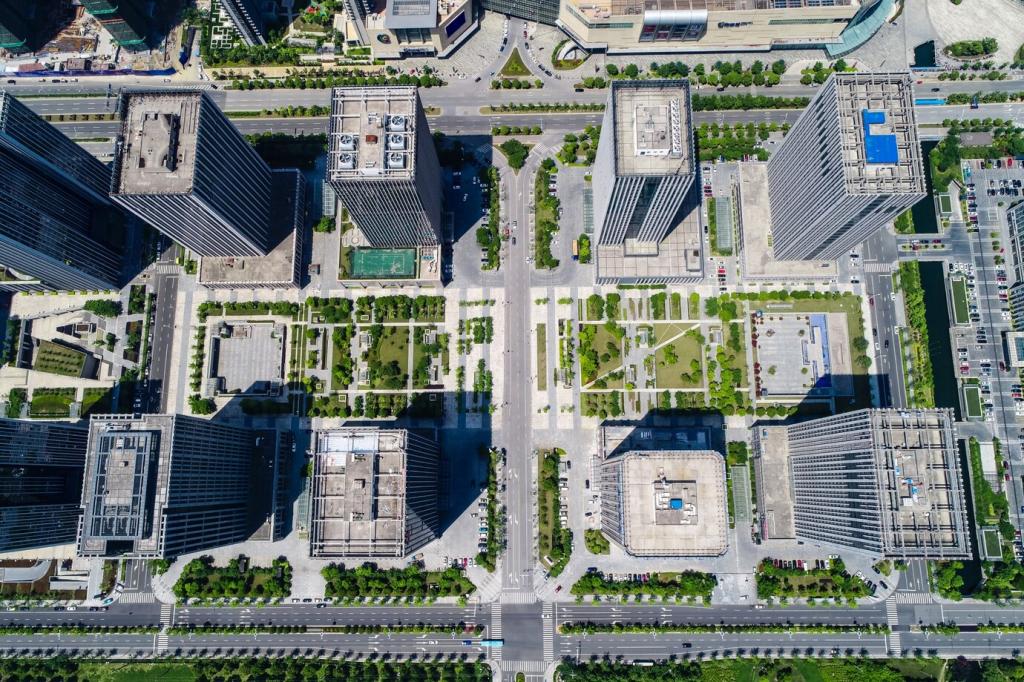
Smart Mobility Hubs
Connected mobility hubs offer seamless integration of public transport, bike sharing, carpooling, and electric charging. With real-time information, commuters can efficiently choose sustainable and affordable travel options. These hubs reduce traffic congestion, shrink carbon footprints, and improve accessibility, aligning urban transportation with the needs of a modern, connected population.
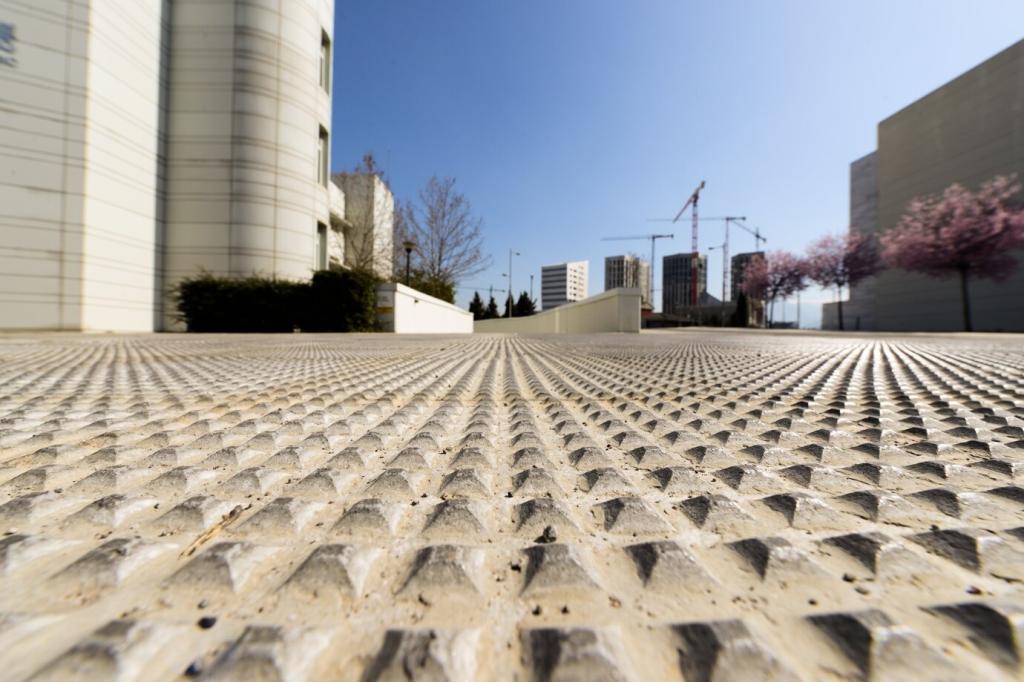
Dynamic Lighting and Energy Management
Adaptive street lighting and energy systems respond to pedestrian flows, events, and environmental conditions, saving resources while improving safety. Smart sensors adjust brightness depending on usage or time of night and integrate with emergency systems for rapid response. This technology-driven approach increases city resilience and cuts energy costs, making urban living more sustainable.
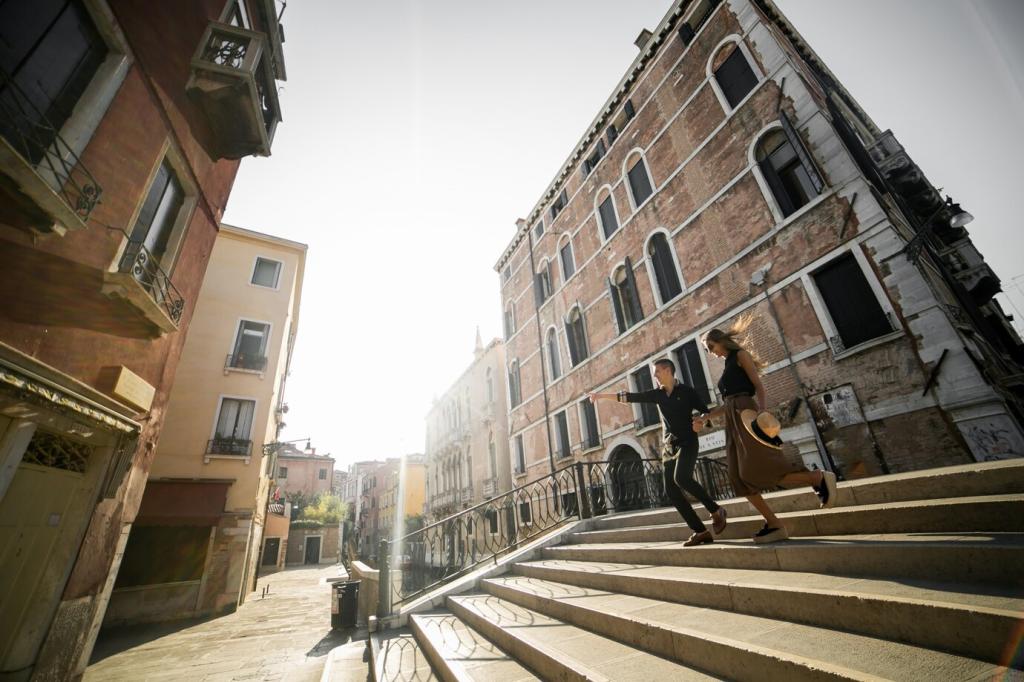
Urban Data Analytics
Cities now collect and analyze vast data streams to better understand public space usage, mobility patterns, and infrastructure needs. Data-driven decision-making enhances planning and troubleshooting, enabling more responsive and equitable distribution of resources. By making city systems more transparent and efficient, data analytics pave the way for smarter, more inclusive urban development.
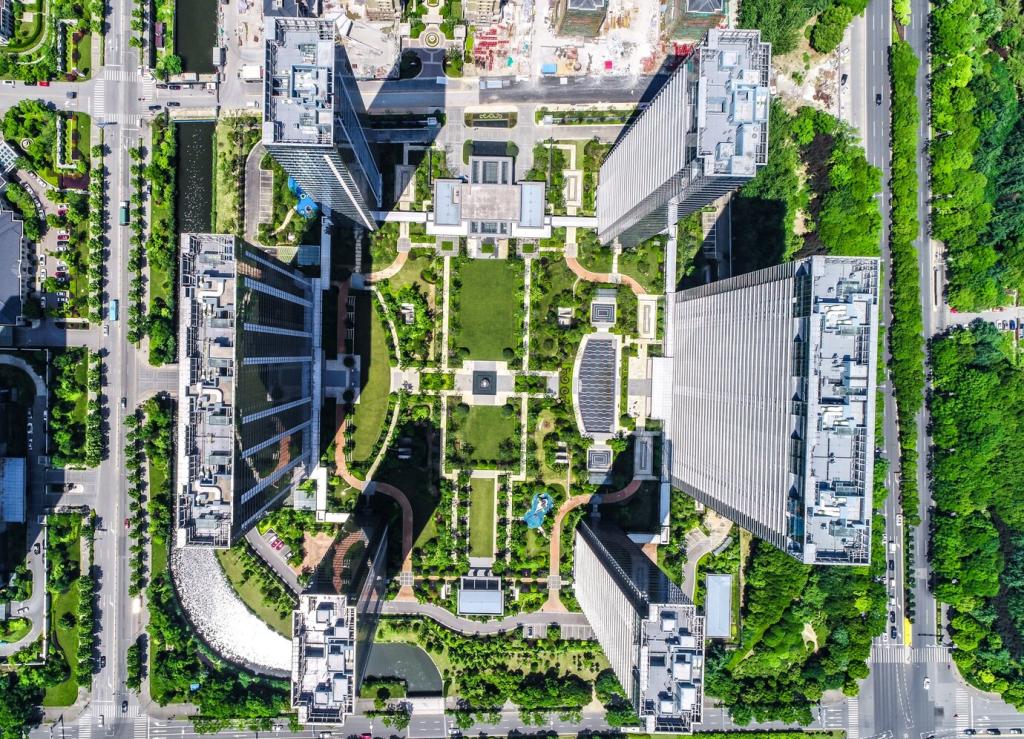
Old industrial sites and warehouses are being repurposed as art studios, startups, and cultural incubators. By retaining original architectural elements, these spaces preserve a neighborhood’s unique character while infusing it with new energy. Such regeneration encourages local entrepreneurship, attracts tourism, and sparks community pride, representing a sustainable alternative to demolition.
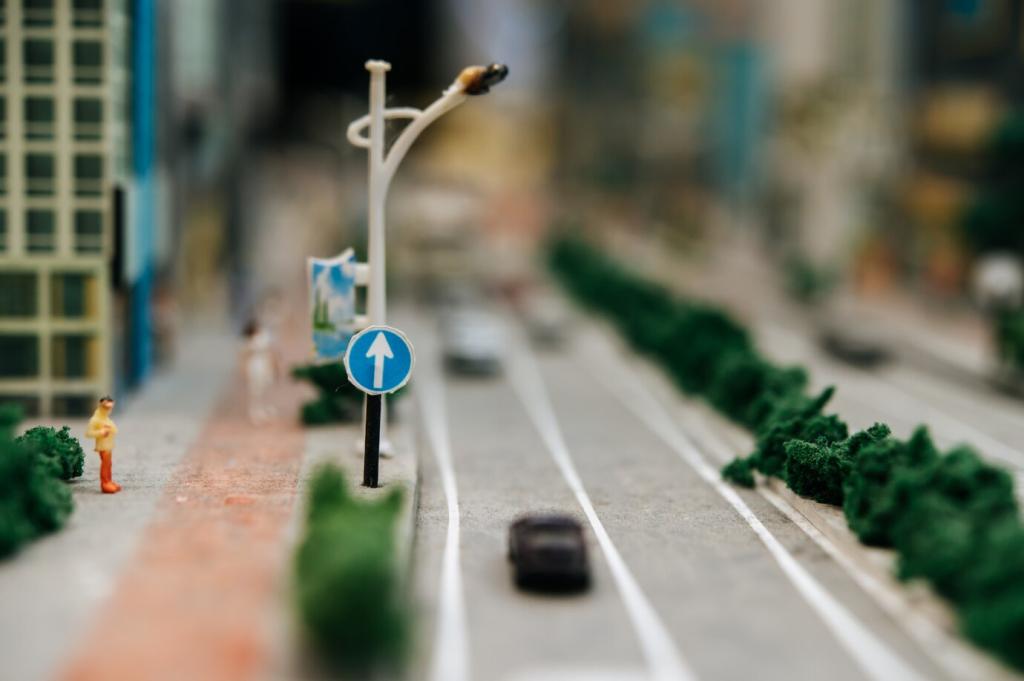
Unused viaducts, rail lines, and utility corridors are opportunities for inventive transformation into greenways or urban parks. Projects like elevated walkways and dedicated parklets enliven formerly inaccessible or unattractive spaces, providing much-needed recreational facilities and knitting together fragmented urban fabric.
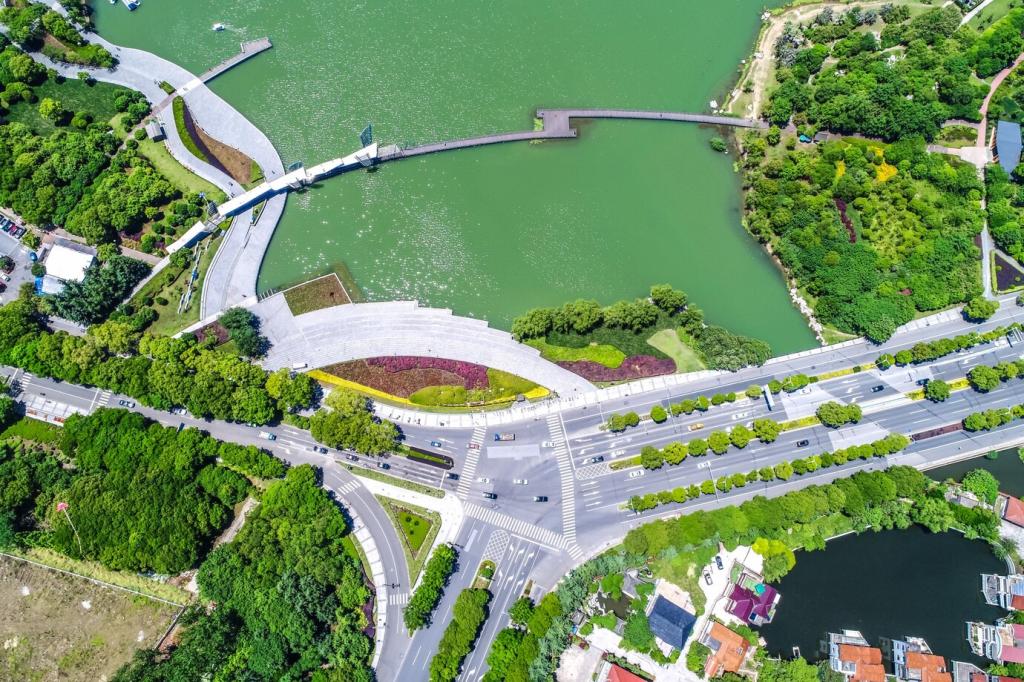
Short-term installations and interventions serve as testing grounds for long-term change. Pop-up parks, markets, or event spaces activate vacant lots or underused plazas, demonstrating their potential and generating community feedback. This agile approach allows cities to experiment with different uses before committing to more permanent transformations.
Enhancing Urban Mobility and Accessibility
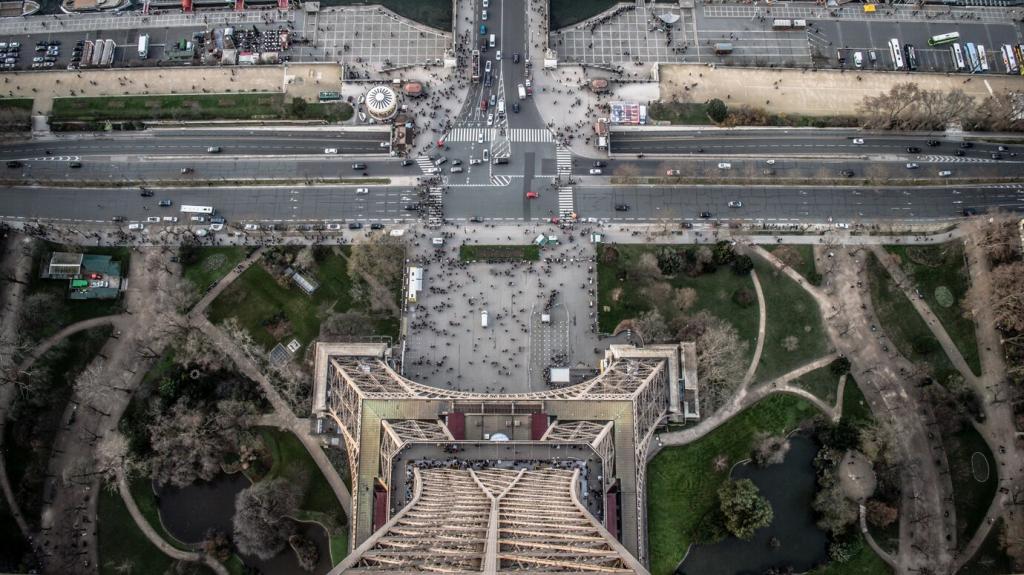
Pedestrianization of Key Corridors
Reducing or eliminating traffic from select streets and plazas encourages walking, cycling, and social interaction. Enhanced safety, reduced noise, and cleaner air transform formerly hectic thoroughfares into lively, human-centered environments. This shift supports healthier lifestyles and fosters a strong local economy, as people spend more time in accessible public spaces.
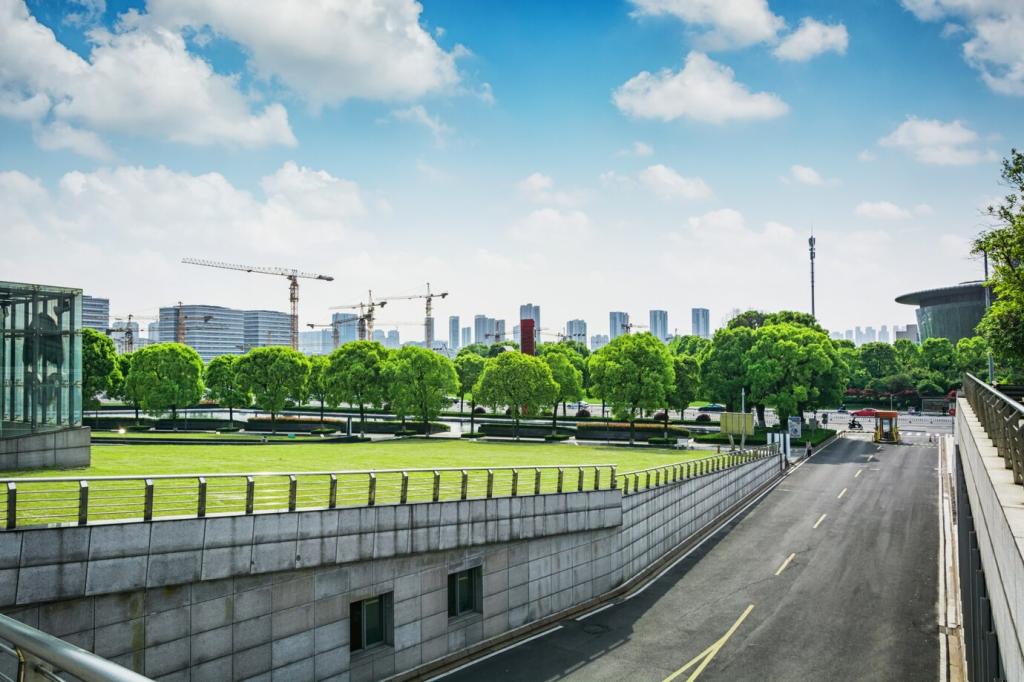
Integrated Multimodal Networks
Efficient urban transformation aligns different modes of transportation—from light rails to bike paths and bus rapid transit. By creating seamless connections and coordinated schedules, cities empower residents with greater mobility options. These networks boost social equity, reduce reliance on private vehicles, and cut emissions, supporting a more inclusive and sustainable urban future.
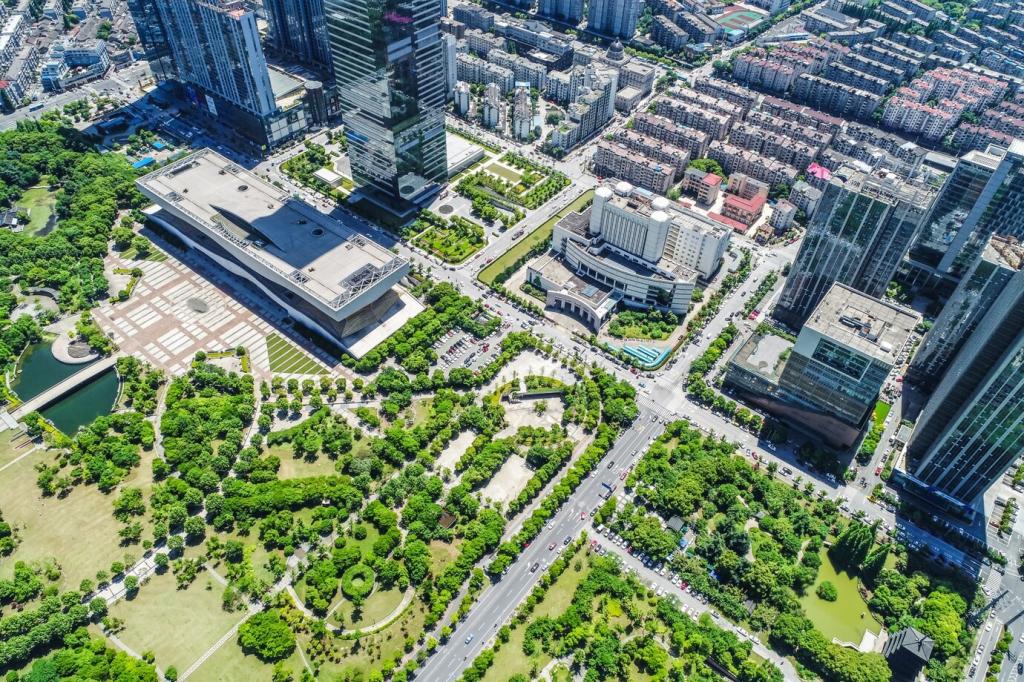
Universal Design in Public Spaces
Ensuring that streets, parks, and transit systems are accessible to all is central to modern urban planning. Curb cuts, tactile indicators, ample seating, and intuitive wayfinding remove barriers for elderly residents and people with disabilities. Universal design not only fosters independence and dignity, it also enriches the urban experience for everyone.
Inclusive Policies and Participatory Planning
Forward-thinking municipalities invite residents to shape visions for their neighborhoods through workshops, charrettes, and forums. By involving the community from conception to implementation, plans are tailored to real needs and foster lasting stewardship. Community leadership builds resilience against displacement and creates a deep sense of ownership.
Flood-Resistant Urban Landscapes
Cities prone to flooding are deploying absorbent pavements, rain gardens, and retention basins to manage excess rainfall and protect infrastructure. By mimicking natural water cycles, these solutions limit damage and preserve the function of critical services during storms. Well-designed flood management systems also offer recreational space and support urban biodiversity.
Resilient Cooling Strategies
With rising global temperatures, innovative shading, ventilation corridors, and cool materials are being integrated into city design to alleviate urban heat islands. Tree canopies, reflective surfaces, and covered walkways greatly enhance comfort, ensuring that public spaces remain usable and appealing even during heatwaves, while protecting vulnerable populations.
Emergency-Ready Public Spaces
Urban parks and plazas are being designed to double as emergency gathering spots and resource distribution centers. Thoughtful layouts, robust infrastructure, and accessible amenities ensure that residents can quickly access help during crises. This dual-purpose design approach strengthens social ties and builds a safety net for communities facing natural disasters.
